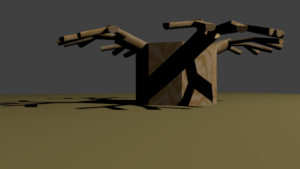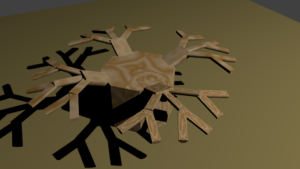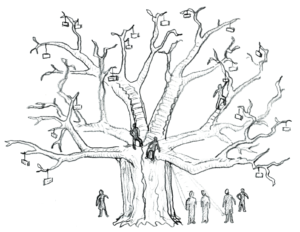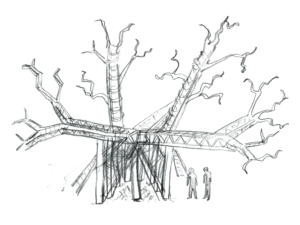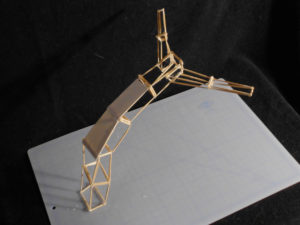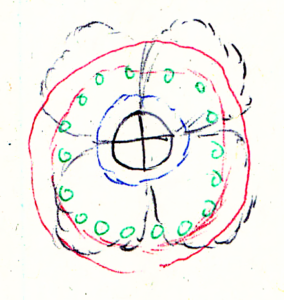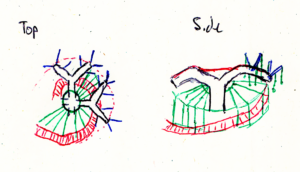One thought I had about lighting the Temple at night was to use projected images of trees. The idea was to use found, made, and donated images of single trees in various seasonal states, projecting multiple examples at once onto the Temple. It would create the illusion of real trees even more than colored lights. I initially dismissed the idea of getting slide projectors running, but I figured I could repurpose 35mm cameras, reversing the design and shining images through the lenses.
I picked one up at a thrift store for a few dollars and took it all apart. It was a basic viewfinder camera, fully automatic with a zoom. The lens was integral with the body and was all motorized. I figured out how it basically worked, then was able to adjust both the focus and zoom. (Side note: although it seems to have infinite adjustment, there are only a fixed number of zoom levels, since the motor that does the zoom also does the focus: moving a small amount adjusts the focus, but going some fixed number of turns changes to the next zoom level.) I glued and taped mechanisms so the shutter stayed open and the aperture was as wide open as possible.
I had a 10W LED I had wired up for a different project so I thought I'd give it a shot. With the camera back open, I taped an old slide where the film would have gone. It seemed so poetic and perfect that a camera—one that would have taken the pictures I intended to use—would act as a projector. I was able to project and image, but it was too dark to use—even despite using such a high-brightness LED.
